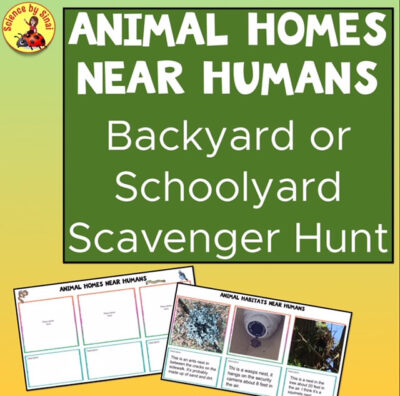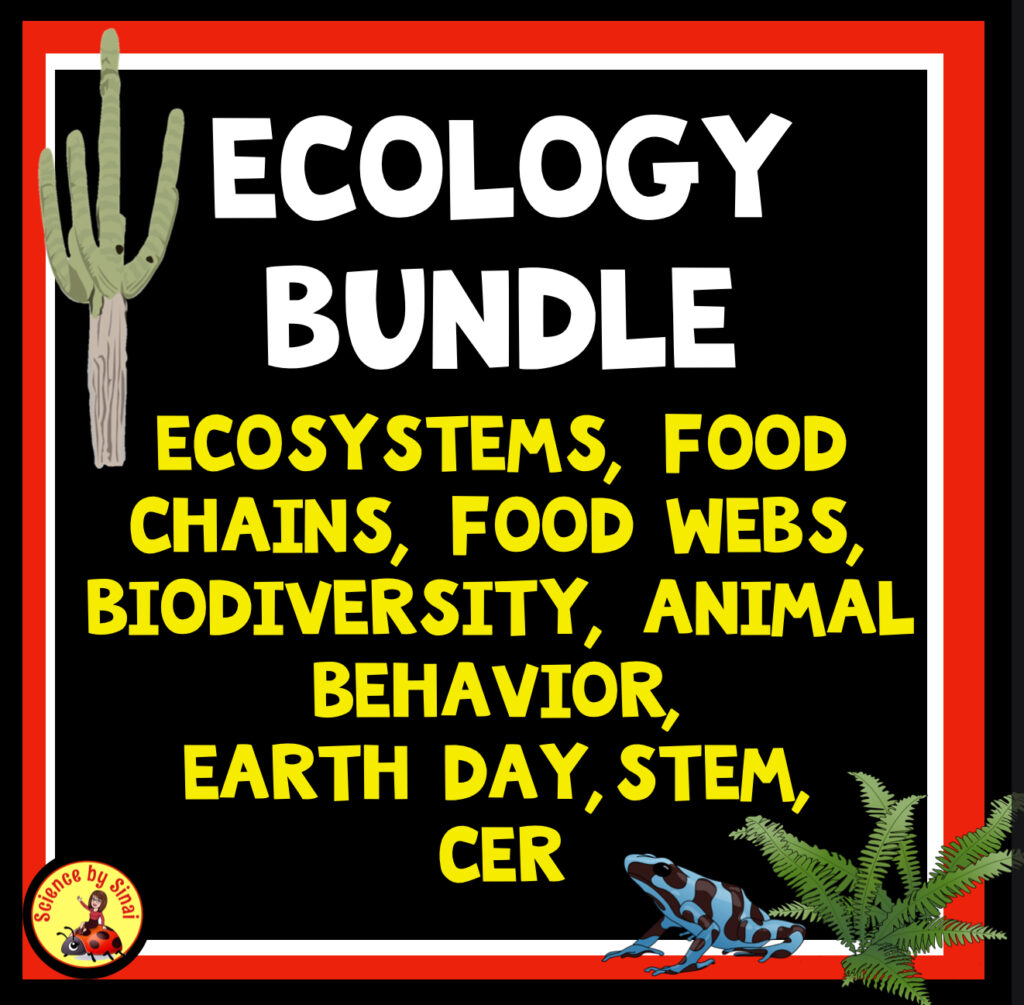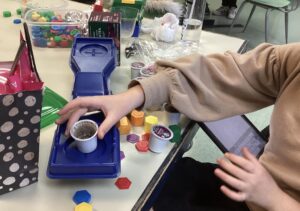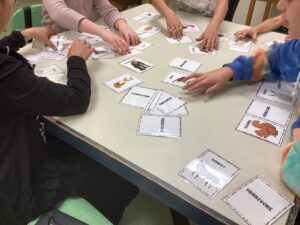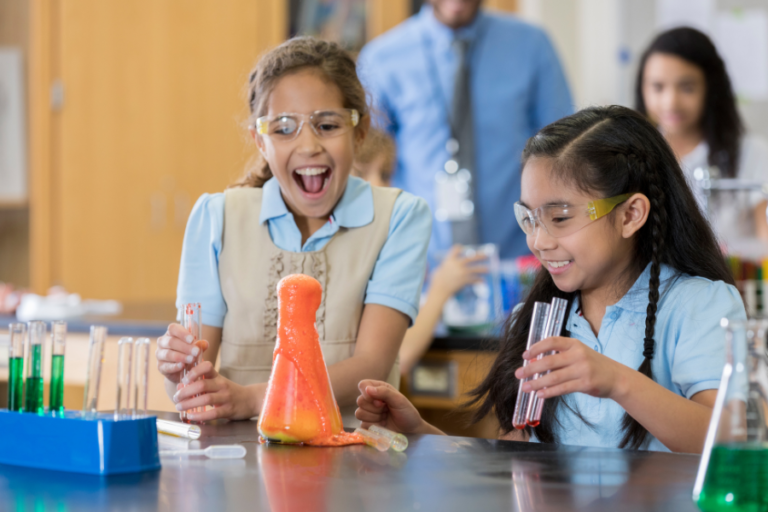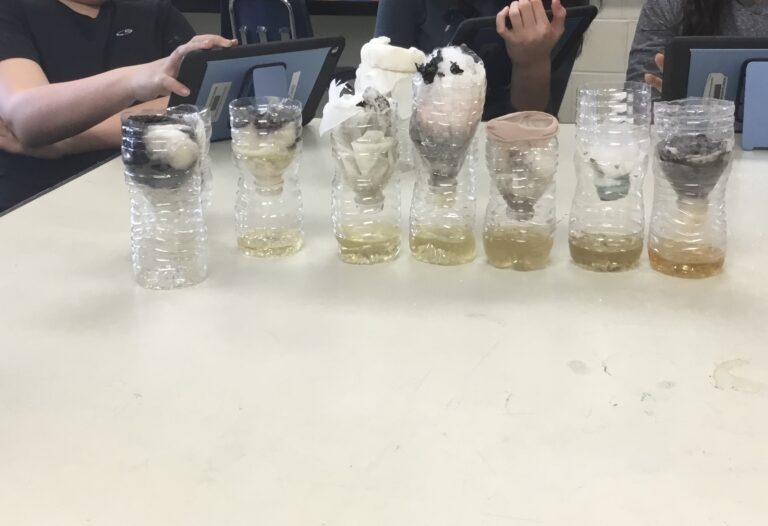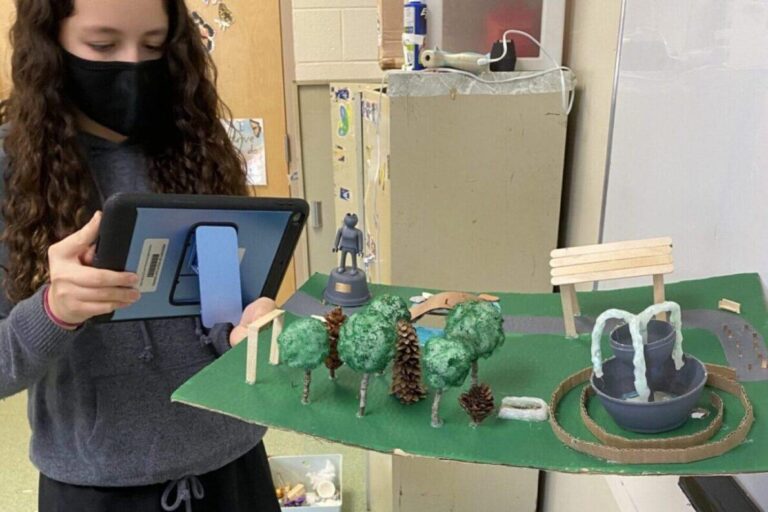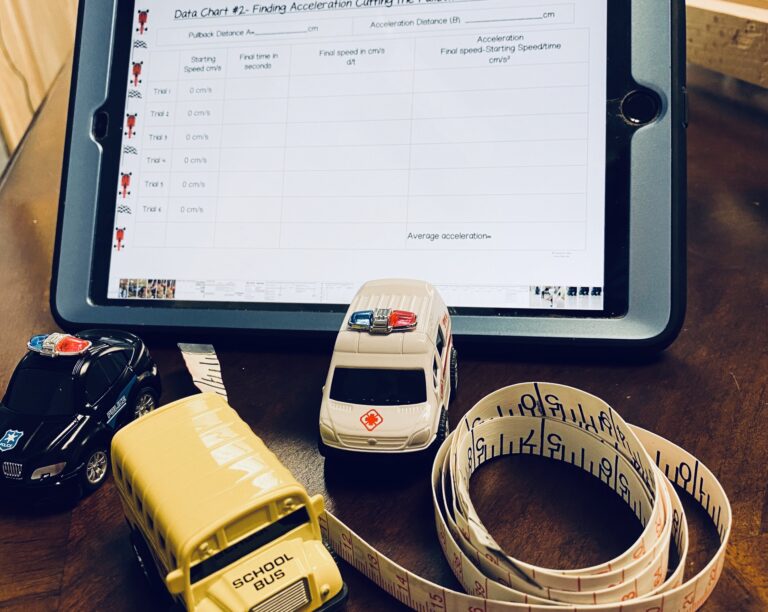How Moving To Florida Changed How I Teach My Unit on Ecology
So how did moving to Florida give me a new perspective on teaching my unit on ecology and ecosystems?
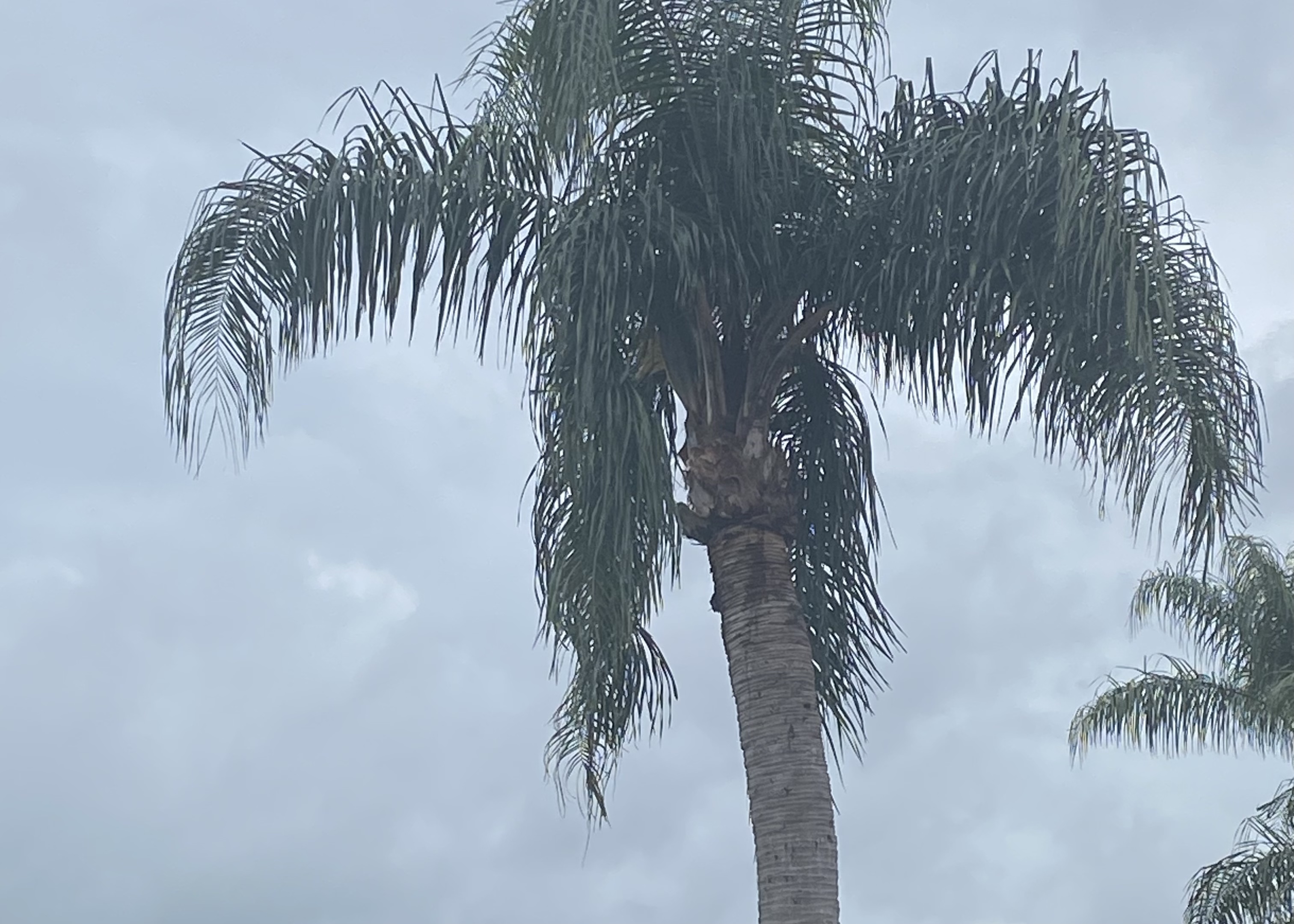
How Moving To Florida Changed How I Teach My Unit on Ecology
Updated September 27, 2023
I come from the Northeast part of the United States so moving to Florida, where the ecosystem is IN YOUR FACE, was a pretty big shock to my system! So you’re telling me that I could be walking along a beautiful canal or lake and become dinner for a giant reptile?? I’m used to squirrels and rabbits and perhaps a cute little chipmunk. And can we talk about the weather? Sure, we had weather up north. For the most part it was pretty predictable, and that’s why everybody got excited when we had our occasional storm or heat spell.
But Florida? The weather is in your face all the time! Since I arrived in June, it literally feels like the SURFACE OF THE SUN when I walk outside. Taking showers seems fruitless, because walking from my house to my car will cause me to be dripping with sweat.
Can we talk about the rain? Every. Single. Day! I’m not kidding. With all of the heat and humidity building up all day, thunderstorms can’t help but happen every afternoon. The freaky part is that the sky will get black, we’ll have a mini hurricane, and then 10 minutes later the sun comes out. Native Floridians just carry on their lives. Say what?
I Know Nothing!
So I got to thinking. I’m an Environmental Education major, and I have taught for 30 something years in either New Jersey or Pennsylvania. I would say I have a very decent knowledge of the flora and fauna of that area. I came down here to Florida and I know nothing. NOTHING.
This must be how students who either live in the inner city, and have no exposure to their natural environment, or students who have become “device hermits” must feel! They are walking through their world, but not really understanding the parts of their environment!
Coming into a brand new ecosystem, with zero knowledge, has really put me in a humbling position, but I’m going to use it as a teaching tool! I now know how my students feel when they have had barely any exposure or explorations into their natural environments.
How I am Starting to Learn About the Ecosystem
Let’s analyze how I started learning about this environment. First, I noticed the ABIOTIC(nonliving) factors. As mentioned before, the extreme heat and the constant rain are huge factors. But looking down, the soil is quite sandy and has a different texture than the New Jersey soil. I really don’t see long lasting puddles, after all of that rain, so the soil seems to be super absorbent.
Introducing Abiotic Factors to Students During Your Unit on Ecology
In the classroom, we can start with learning about the ABIOTIC factors, which will later define the parameters for the BIOTIC(living) elements. Students can relate to the weather changing because that will determine which clothes they choose in the morning. They have surely looked at the sky to check for dark clouds if they have an important event that they want to do outside. They actually know much more about weather than they realize! You can ask them “What does it feel like right before the rain starts?” “ Do you hear anything in a storm?” “What is it like right after a rainstorm?” “Have you ever seen a rainbow?”
It’s a pretty good bet that students have never really looked at the soil under their feet. Bring some in and let them “dissect“ the components of the soil. Add some soil to a glass of water and let it sit to settle out in layers. Ask students where the soil came from? That usually stumps them.
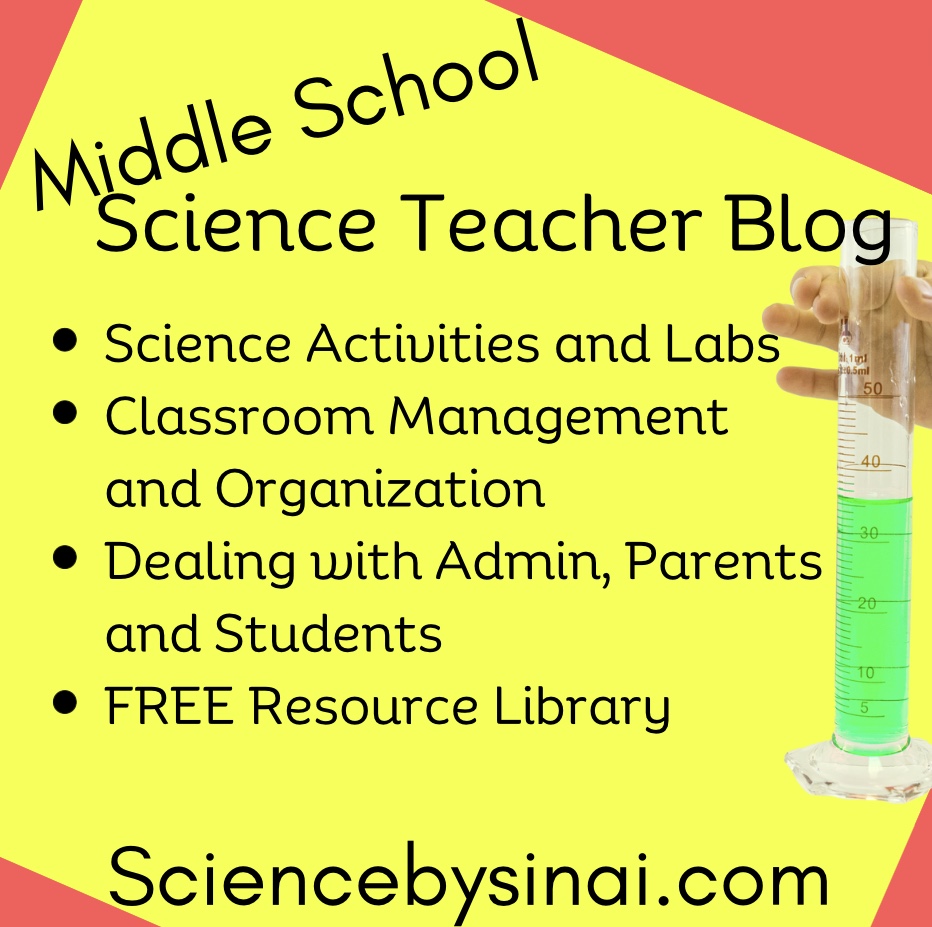
Start Learning the Biotic Factors With the Plant Life
Start off learning BIOTIC(living) factors by learning about the different plants. Some of the students may know what acorns are because they’ve seen them on the sidewalk or maybe smashed them at one time. Students may have picked up a maple seed and thrown it in the air to make it into a helicopter. They may or may not have known its name.
Students may surprise themselves on how much they actually do know about the plants around them. They know that the tree on the corner turns bright red every fall. They may remember that, all around the school in the spring, beautiful flowers such as tulips come up and bloom for a few weeks every year. The key is to make students realize how much they actually do know.
One of the best investments that I got for my phone was an app called Picture This where you take a photograph of a plant, or even a small part of a plant, and it will identify it. Kids who seemed to have zero interest in their environment couldn’t wait to go for a walk around our schoolyard, in New Jersey, and have me identify the different plants. As some of the trees were being repeated, students were able to tell me what they were before I aimed my phone at it. Win-win! I love taking the students outside as part of an abiotic biotic scavenger hunt.
One of the first things I did when I went to Florida was walk all around my house with the Picture This app to try to identify the strange named trees. One of the things that was interesting to me, is that there are flowers that seem to bloom for months and months versus the short-lived blossoms up north.
Learn About the Animal Life
Once you have discussed the ABIOTIC factors, and then the plant life, you can move on to talking about the animals of the environment. In New Jersey, most students knew about squirrels. I pushed them and asked lots of questions about the squirrels. “Where are they?” “What do you see them doing?” “What happens when they get frightened when you get too close?” “Where do they live at night?” “Who do you think eats them?” “What do you think they eat?”
Once again, the students realize how much they already know. You can then start discussing more obscure animals such as raccoons or skunks.
You get very used to the fauna around you and it is surprisingly hard to adjust to new ones! I saw a beautiful Knight Anole, on my Florida window, and the idea of this big beautiful green lizard just wandering, around rather than being in a pet store, was super new to me. I think I watched it for a good hour, taking pictures and videos, and even posting it on Facebook! I later found out that it is an invasive species, which seems to be a norm down in Florida unfortunately.
Can we talk about bird life here? Particularly the water birds. Simply unbelievable to be so close to Herons, Egrets, Ibis and even a Spoonbill walked up onto our lawn! Did you know that a Stork is almost as tall as me? I’m a little bit over 5 feet and that thing was huge!t
A mammal that I had no idea was native to Florida is a River Otter. I live a few feet from a man-made lake and three little River Otters have made it their home. We can sit and just watch them swim incredibly fast and then drag fish, that are more than half their own size, up on the bank to eat.
Animal Behavior Sparks Student Interest
I’m used to mammals, such as squirrels or rabbits, who make a point of avoiding humans. If you get too close to them they will obviously run away. One evening, we were walking around the lake and the three otters were on the bank. They saw us getting close and jumped into the water. But, to my surprise, they swam TOWARDS us and then hung in the water, close to our position, just staring at us with curiosity. I have to say it was a bit unnerving. I’m not really sure how aggressive they are!
Encourage the students to discuss encounters that they have had with wildlife. Have they ever gotten very close to a wild animal? Has a butterfly ever landed on them? Students loved to tell stories like these!
It’s Time to Investigate Food Chains
I am constantly surprised at what animals live nearby and I am curious as to how they are all related to each other in terms of food chains. There are two ospreys that have taken up residence in the tall trees near the edge of the lake. As I was taking my dog out to do her business, one of the ospreys swooped down very close to me in the water and plucked a very decent sized fish with its talons and flew away! There’s that food chain right there!
When you’re teaching food chains to your students, they may not realize that they actually do know some more common food chains. When you ask them who eats the squirrel, they may have seen a hawk swoop down and take one. You asked what the squirrel eats? They now have a complete food chain. You have acorns to squirrels to the hawk.
I was so fascinated by the fact that we had River Otters that I actually went online to figure out what in the world they are eating and who eats them around here. It was just a natural curiosity, but if you highlight the more interesting animals of your students’ environment, they will be inclined to want to learn more about them.
Conservation and Biodiversity in Your Unit on Ecology
Once you’ve covered the ABIOTIC and BIOTIC factors and then moved onto the food chains and webs, you can then talk about conserving that environment and maintaining biodiversity. As rich as the wildlife is around the lake behind my house, I was quite alarmed when I looked out the window one day and there was a man in a small motor boat spraying chemicals along the bank of the lake. When I inquired as to what they were doing, they said they are “keeping the plant life from growing along the edges”.
I had wondered why I hadn’t seen frogs in what seemed like a perfect environment for them. However, I looked more closely at the edge of the man-made lake and it is very much like a lawn that goes right down to the water. There is no marshy area for the frogs to lay their eggs or to even sit in the shallow water. I understand that they don’t want shallow standing water, to control the mosquitoes, but I now know that the balance of the lake is not correct.
Ask the students if they have ever seen anything happening to their local environment that is disruptive. Even watching a new building being built or trees being chopped down is something all students have seen.
When I was teaching the suburban kids in New Jersey, I asked how many of them had a service that came with men in white suits and gas masks to spray their yard every once in a while. Many hands shot up. I asked them if they ever stopped to think about why the men were wearing gas masks and covered. A lot of the students were very surprised when we talked about the poisons that are being spread on lawns. I asked them where they thought these chemicals went when it rains and there’s runoff. Did they think the birds and animals were affected? Students were quite often shocked that their families were contributing to pollution.
Make No Assumptions While Teaching Environmental Science
This unique experience of completely changing to a new ecosystem, has really made me approach teaching my ecology unit differently. I think I made a lot of assumptions that I shouldn’t have in the past. When I had the students design food chains, I was always surprised when they were saying that deer eat squirrels. I remember thinking to myself “how in the world can they think that”? It’s because they don’t have as much outdoor experience as we would hope. We, as educators, need to treat this unit from a perspective of very little baseline knowledge and then watch the student’s interest grow in leaps and bounds as their eyes are opened to what is around them!
You can check out my entire ecology unit that is in a bundle on Teachers Pay Teachers at Science by Sinai.


